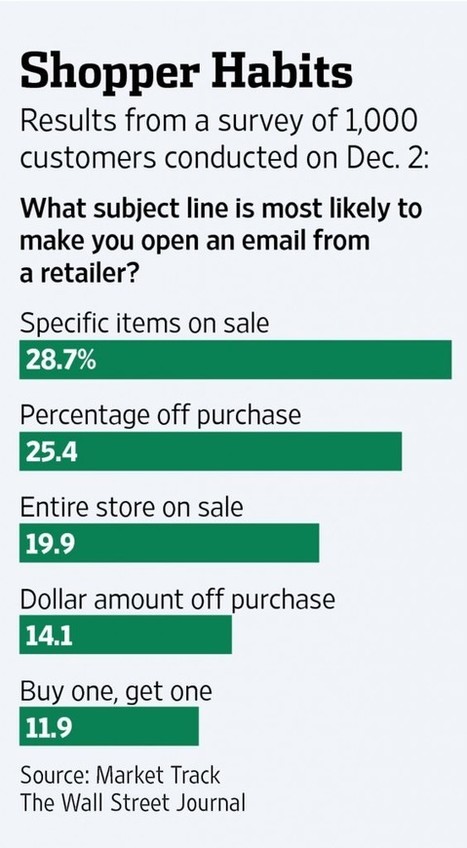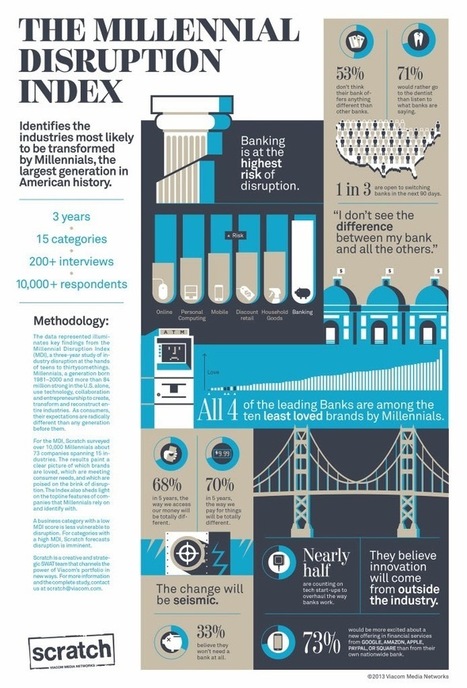The baby boom has happened again, and then some. The Boomers themselves, in the fullness of time, have given birth to an even bigger generation. Their offspring, the millennials (also known as Gen Y), are the young adults and teenagers born between 1980 and 2000 who are poised to transform a nation once more.
Specifically, and of most importance to those of you in business, they’re about to become the most important consumers–customers–in history. Their wallet power, already significant, is rapidly expanding, and will soon equal and then eclipse that of the Baby Boomers. In fact, it’s estimated that Millennials will be spending $200 billion annually by 2017 and $10 trillion over their lifetimes as consumers....



 Your new post is loading...
Your new post is loading...



















Here are five crucial pointers for creating a style of service, a customer experience that will win over the 80 million millennial customers, from customer service consultant Micah Solomon.